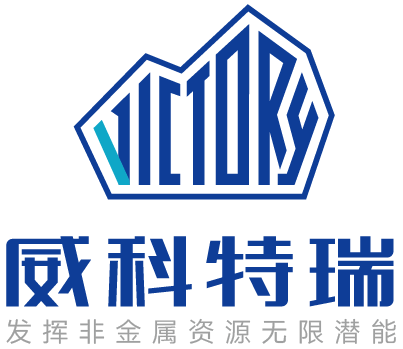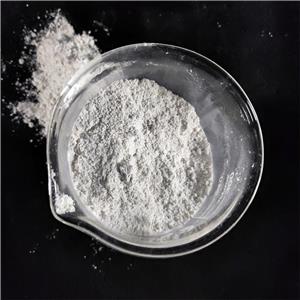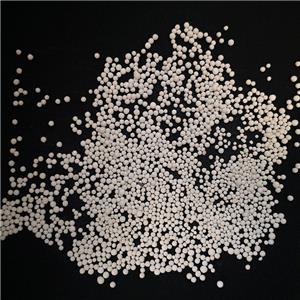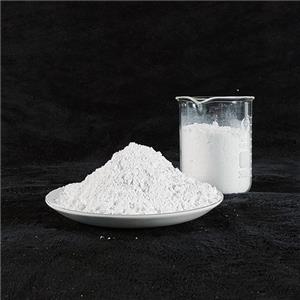Application of talc powder in the field of plastics
Application of talc powder in the field of plastics
Talc filled plastic can improve the rigidity, dimensional stability and lubricity of the product, prevent high temperature creep, reduce the wear of the forming machinery, and make the impact strength of the polymer basically unchanged while improving the hardness and creep resistance through filling. If properly treated, it can increase the heat shock strength of the polymer, improve the molding shrinkage rate of the plastic, the bending elastic modulus of the product and the tensile yield strength. The low price of talc makes it suitable for use as an incremental agent (the price of the complex is low and the physical properties of the resin are reduced to a minimum), while the sheet structure or the high aspect ratio of talc makes it suitable for use as a reinforcing agent (improving the mechanical properties of the complex).
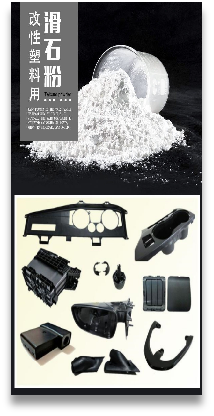
Applied to PP material: This aspect of the application is now the most widely studied, but also the most used. It is now widely used in automotive parts, such as car bumpers, parts around the engine, air conditioning parts, instrument panels, lights, chassis, pedals and other parts.In addition, it is also used to improve the mechanical properties of PP material and give the material new properties. For example, filling PP material with 32% talc can improve the mechanical strength of PP material, which is used in the production of washing machine accessories and building drainage pipe parts. It has the characteristics of high surface finish, good toughness, high thermal deformation temperature, good dimensional stability, etc., and has been widely used.
Application in automotive: PP material source is wide, the density is small, and can be modified to improve its physical and chemical properties, can reduce costs, reduce weight, reduce fuel consumption without reducing mechanical properties. For example, the cooling fan for cars with PP injection molding filled with talc powder is not only light in weight, low in noise, but also improves the cooling efficiency.
In terms of filling material, talc powder is the best choice, the reason is that the microstructure of talc powder is sheet-like, because of its special structure, compared with granular filler, has a significant strengthening effect, especially when the nucleation of PP material is added, the tensile yield strength and rigidity are significantly improved. The talc powder-polymer (PP material) has a series of excellent mechanical and mechanical properties, can replace ABS, nylon and modified PPO engineering plastics, talc reinforced PP not only the relationship between stiffness and toughness balance, but also high surface hardness, good scratch resistance, beautiful texture. For example, HPM company in the United States made 168m2, 5kg honeycomb sound-absorbing ceiling and window lifter of cars with PP material filled with 20% talc powder; Japan's Mitsubishi and Germany's Audi company use EPDM and talc combined to fill PP material for the production of car bumpers. Other aspects such as instrument panel, chassis, pedal, etc., are also widely used. In addition, now the modified talc used in SMC material is also being studied, if the study is successful, it can greatly reduce the weight of the car to reduce fuel consumption.
Applied to home appliances: In China, PP materials are mainly general-purpose, and there are very few high-performance PP materials with high strength and impact resistance, which is a big gap compared with the situation abroad. Filling PP material with talc powder can significantly improve the impact resistance, heat resistance, corrosion resistance of PP material, mainly used in the production of washing machines and other household appliances, of which washing machine is the largest.
Applied to other plastics: Because talc filled plastics can not only improve the rigidity of products, improve dimensional stability, lubricity, but also reduce the wear of molding machinery and molds, it can also be used in other plastics such as PE, PVC, ABS and nylon. For example, filling ABS and nylon with talc can improve the winding modulus of ABS and nylon.
